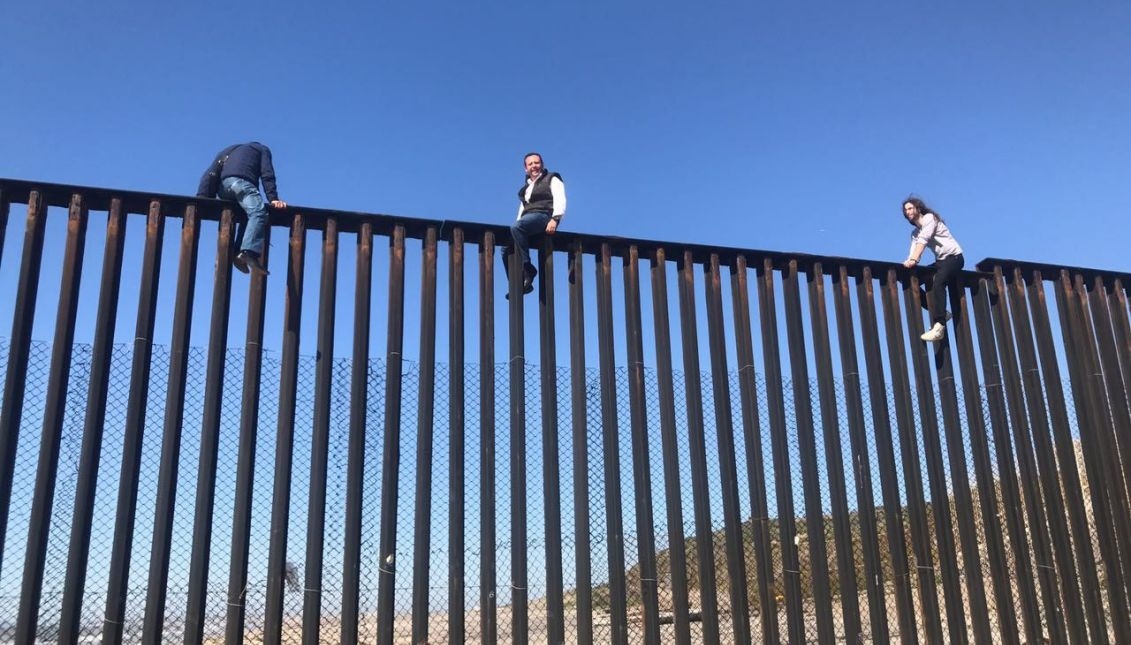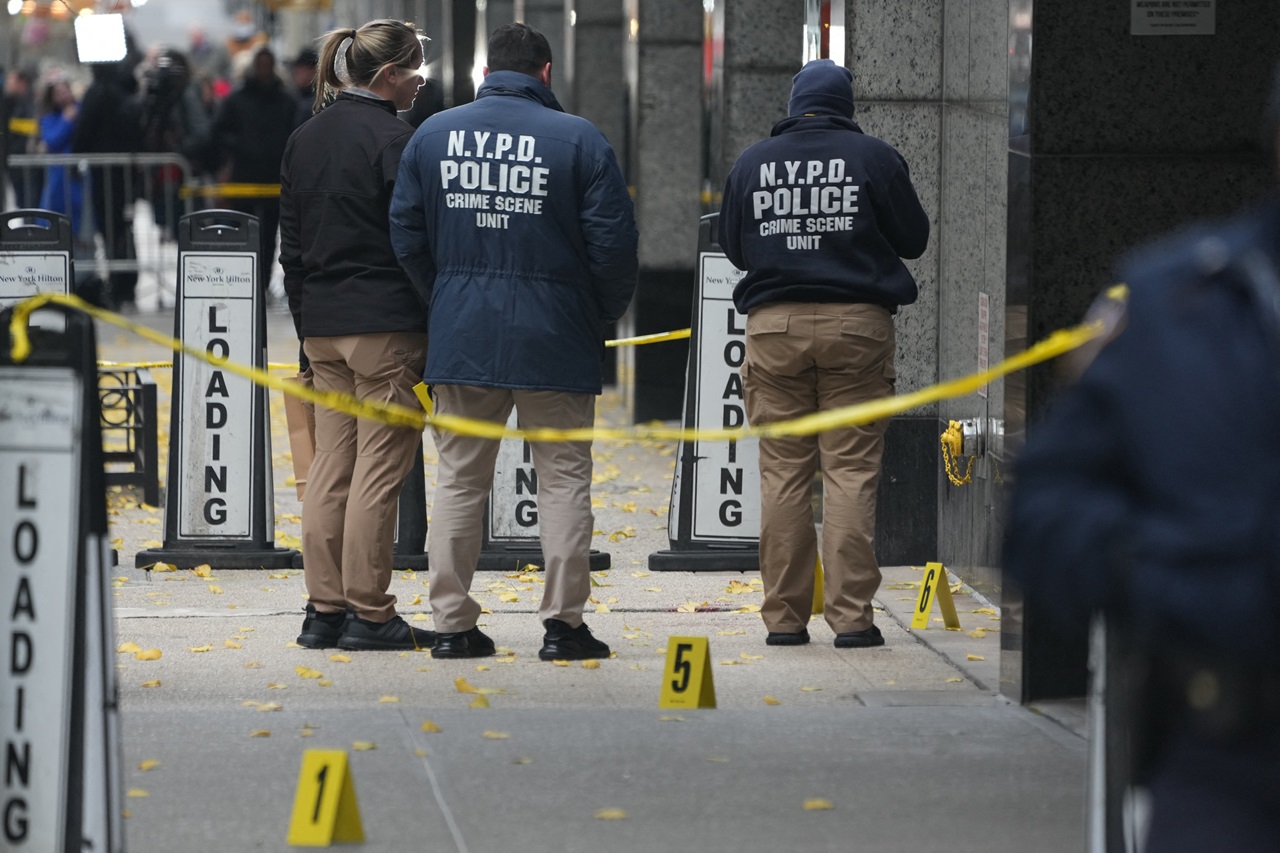
Deadline nears for contestants in Trump’s border wall ‘pageant’
Next Wednesday marks the deadline for the hundreds of companies interested in building Donald Trump’s border wall on the US-Mexico border – to submit their proposals.
It is the first step in a process that promises to combine three of Trump’s most successful ventures: beauty pageants, reality TV competitions and xenophobia, as reported in The Guardian.
Last year, the American Institute of Architects speculated that no architects would get involved in US president Donald Trump’s dream of building a “tall, impenetrable, beautiful” wall between US and Mexico. It was “primarily an engineering project,” they scoffed, as reported in Quartz magazine. They were wrong.
On March 17, the US Department of Homeland Security issued two requests for proposals (RFP) for design prototypes. One RFP solicits ideas for a solid concrete wall, while another labeled “other border wall” calls for alternative design solutions using different materials.
All proposals must meet some baseline standards, including being “physically imposing in height” with “anti-climb” features and “aesthetically pleasing” color on the north side. Non-concrete walls are also required to have a “see-through component” to increase “situational awareness."
Though 350 companies expressed interest during the pre-solicitation, firms have kept mum about their participation, for strategic or public relations reasons. Several big firms like Leo A Daly, Vinci and Mexican cement supplier Cemex, have issued statements clarifying that they will not participate in the multi-billion dollar business opportunity, as reported in Quartz . Others have taken a friendlier stance toward the project: “I believe there is an extraordinary opportunity for designers, artists, and architects to become engaged with the problem. The scale is profound, the implications are enormous,” said architect John Beckmann, speaking on behalf of the Third Mind Foundation, a New York-based coalition of architects that convened an unofficial border wall design contest last year. “Trump’s wall requires a visionary solution,” he said.
One of the bidders is Integrated Security Corporation, a firm that makes security systems for federal and state prisons. Their proposal calls for a two chain-link fences with a “no man’s land in between” and intrusion detection systems in place. The company calls it a “typical correctional type fence” and said it would be “far less expensive and far less intrusive” than a concrete wall, as reported in The Guardian.
CONTENIDO RELACIONADO
Artificial intelligence company Simularity is proposing an “invisible or virtual wall” that uses AI software to analyze satellite and surveillance imagery to identify unusual activities.
Ironically, around 10 percent of the companies that formally registered interest in bidding for the first stage of the construction of Donald Trump’s border wall with Mexico are Hispanic-owned businesses, as reported in The Guardian.
Recently, the Mexican Archidiocese, the main Catholic Church institution in the country, issued an statement saying that all national businesses and comanies helping to build the border wall are "traitors". Pope Francis has also criticized Trump's Mexico border wall plan
Architects have been gearing up for the “other border wall” competition for years, starting with experiments when George W. Bush signed the Secure Fence Act in 2006. That year, the New York Times coaxed several architects to draw proposals for “beautiful fencing.”
But not all architects are looking for ways to re-invent the wall. In his new book, Borderwall as Architecture: A Manifesto for the US Mexico Boundary, University of California, Berkeley associate professor Ronald Rael proposes both satirical and real structures to add along the southern border’s existing barriers, which he says could heal the rift between communities and countries. These playful suggestions include solar energy strips, boundary-crossing see-saws, and a barrier lined with burrito carts to forge transnational connections instead of cutting them off. As reported in Quartz.










DEJE UN COMENTARIO:
¡Únete a la discusión! Deja un comentario.